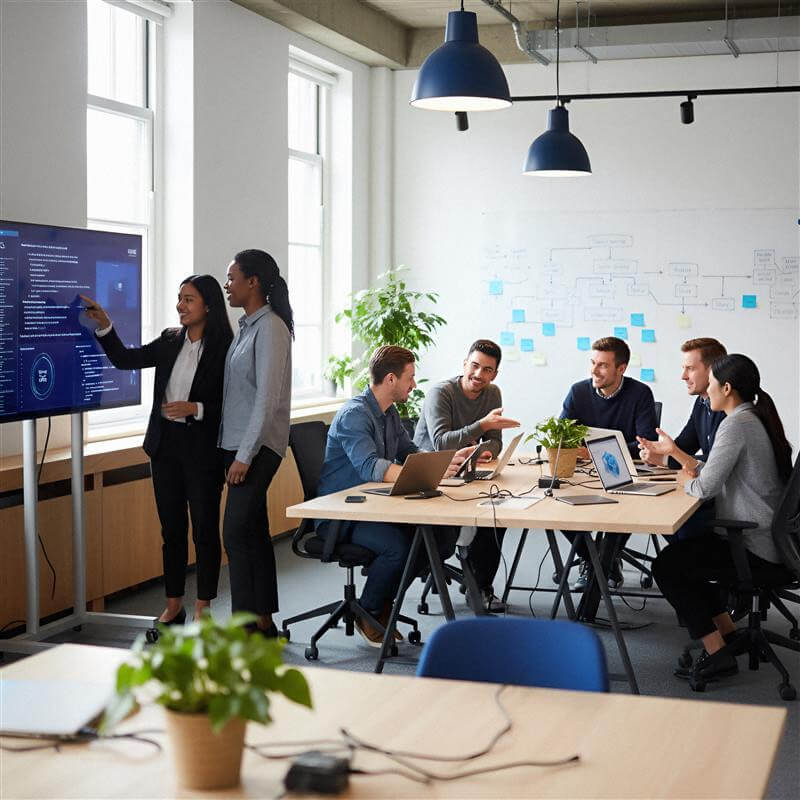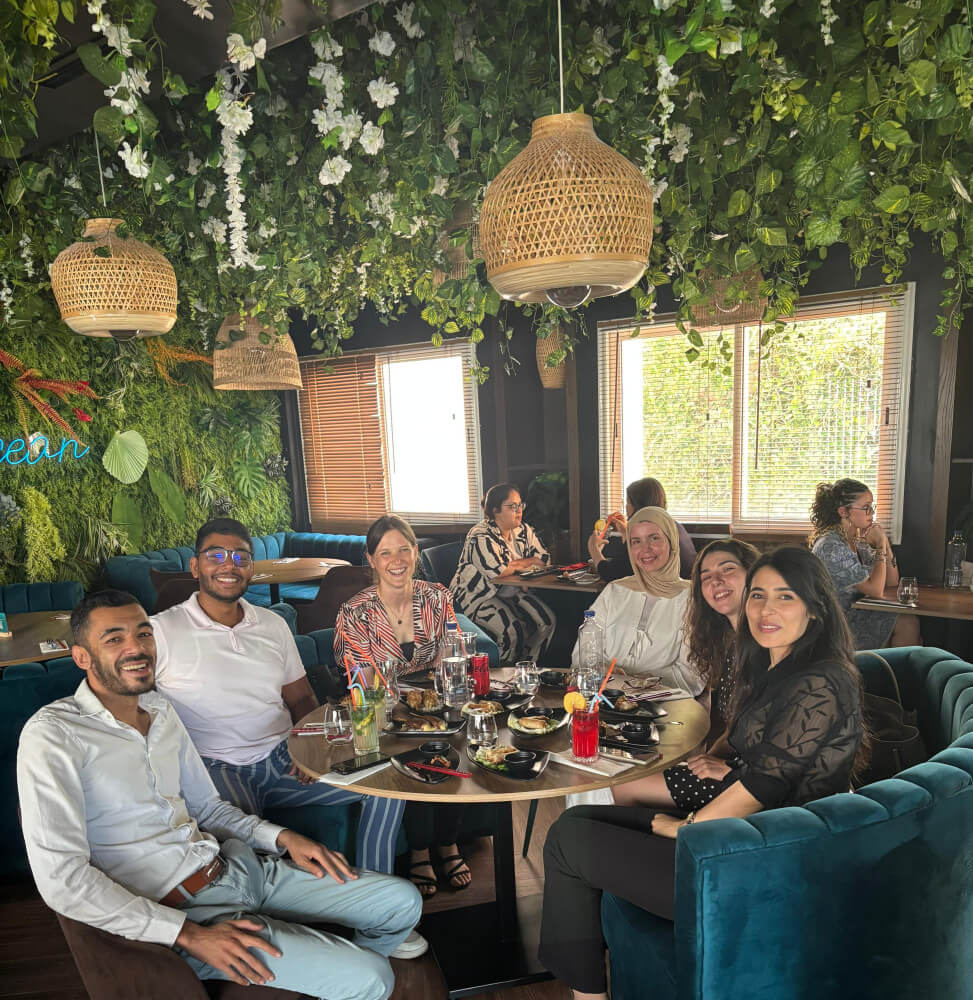Als Continuous Improvement Engineer ben jij de verbindende factor tussen verschillende afdelingen (horizontaal) en managementlagen (verticaal), terwijl je een proces verbeterende mindset behoudt.
The best alternatives to plastic packaging
You come across them more and more: paper cups, paper bags and other sustainable packaging materials. This is not only because the government has set stricter rules, but also because more consumers are concerned about plastic packaging. But what alternatives do we have? And are they really as sustainable as they seem? Petra Haaijer, Packaging Engineer at TMC, shares her vision and takes a look at the future.

An increasing number of companies are facing the challenge of making their product packaging sustainable. Yet plastic also has many advantages: it is cheap, lightweight and products wrapped in plastic have a long shelf life. "Plastic is very important when it comes to the hygiene of products," Petra adds. "It is actually a fantastic material, but its massive levels of production pose a threat to people and the environment. Unfortunately, a lot of plastic waste ends up in nature and only breaks down after many years."
Petra is currently working at Philips via TMC where she is responsible for packaging in the Mother & Child Care department. "As a packaging engineer, I ensure that all products reach the consumer safely. The challenge here is to develop attractive, hygienic but also sustainable packaging," she explains.
The qualities of cardboard
"One good example of a sustainable material is cardboard," says Petra. "It is sturdy and many consumers know how to recycle it. Plastic, on the other hand, is difficult to recycle because there are so many different types of plastics. Some of them are not even recyclable at all. Cardboard is a great material, but it is not suitable to replace all plastic packaging yet. Due to the worldwide lack of raw materials, there is a shortage of cardboard. The popularity of online shopping is exacerbating this shortage.”
Nevertheless, we will be using more cardboard, according to Petra. “Cardboard will remain popular, because consumers are becoming more conscious of the environmental impact. In principle, this is a positive development. I just wonder what effect this will have on the climate,” Petra explains. “If we increase the production of cardboard, we will have to plant more trees and take air and water pollution into account. If we find ways to address this, cardboard would be a great packaging material.”
The article continues below the info block
Bioplastics
Biomaterials are also becoming increasingly popular, such as bioplastic bottles or biowaste bags. Bioplastic is partly made from natural materials and partly made from plastics, which means that it decomposes faster in nature. It is often made from sugar cane, potatoes or corn. The advantage is that it generates fewer greenhouse gases than other types of plastic. A similar term is 'biodegradable plastic', a material that is broken down by bacteria or fungi under the right conditions. However, this is not as simple as it may sound. In addition to the fact that these bacteria and fungi must be present, other factors such as the right temperature are also important. The digestion process can take months or the product may not be broken down at all.
But as a consumer, how do you know which type of plastic a packaging consists of and where you can throw it away? According to Petra, it is important for companies to clearly communicate to consumers how they can recycle the packaging. At the moment, bioplastic is still in its infancy. It is produced on a small scale, but it is attracting plenty of attention. It is expected that more and more bioplastics will be introduced to the market.
Plant-based alternatives
Besides bioplastics, there are also other alternatives that can be digested faster. This includes vegetable packaging such as banana leaves or seaweed. Even mushrooms are often used here. The thread-like structure ensures that the material remains intact. Seaweed also increases the shelf life of food. These vegetable packaging can be composted in two ways: by putting them in a compost pile at home or through industrial composting. It is still important to assess how sustainable these materials really are, as they sometimes have a layer of plastic hidden in them.
A look into the future
In the coming years, European regulations on plastics will become even more strict. As a result, technology will play a greater role in the development of alternative packaging. "Nevertheless, plastic will not disappear from our economy for the time being. We need plastic because of its practical advantages," says Petra. So what should we be focusing on? According to Petra, it is important for governments and large companies to invest in the circular economy so that alternative packaging can be produced on a large scale. If they do so, we will have less and less of a need for plastic.

Heb je er ooit over nagedacht om je vaardigheden in de ruimtevaartwereld verder te ontwikkelen? We zijn op zoek naar jonge, gemotiveerde IT-ingenieurs die zich willen aansluiten bij ons team van softwareontwikkelaars.

Stuur ons een bericht voor mogelijkheden, samenwerkingen of vragen. We komen graag met je in contact!




